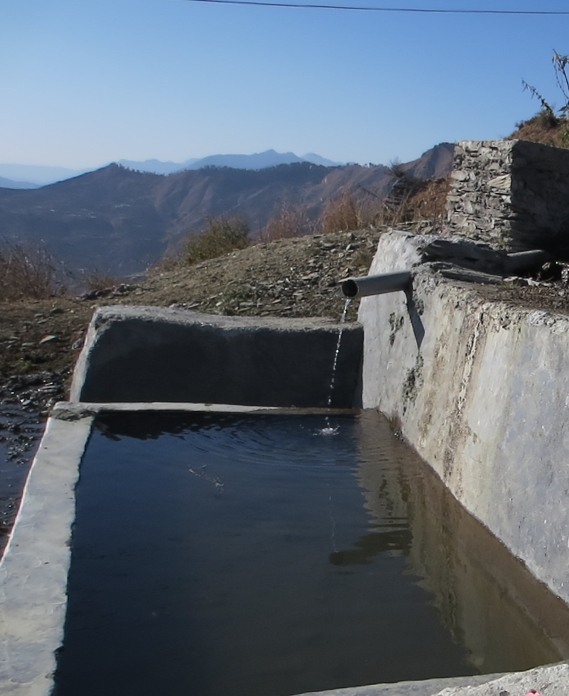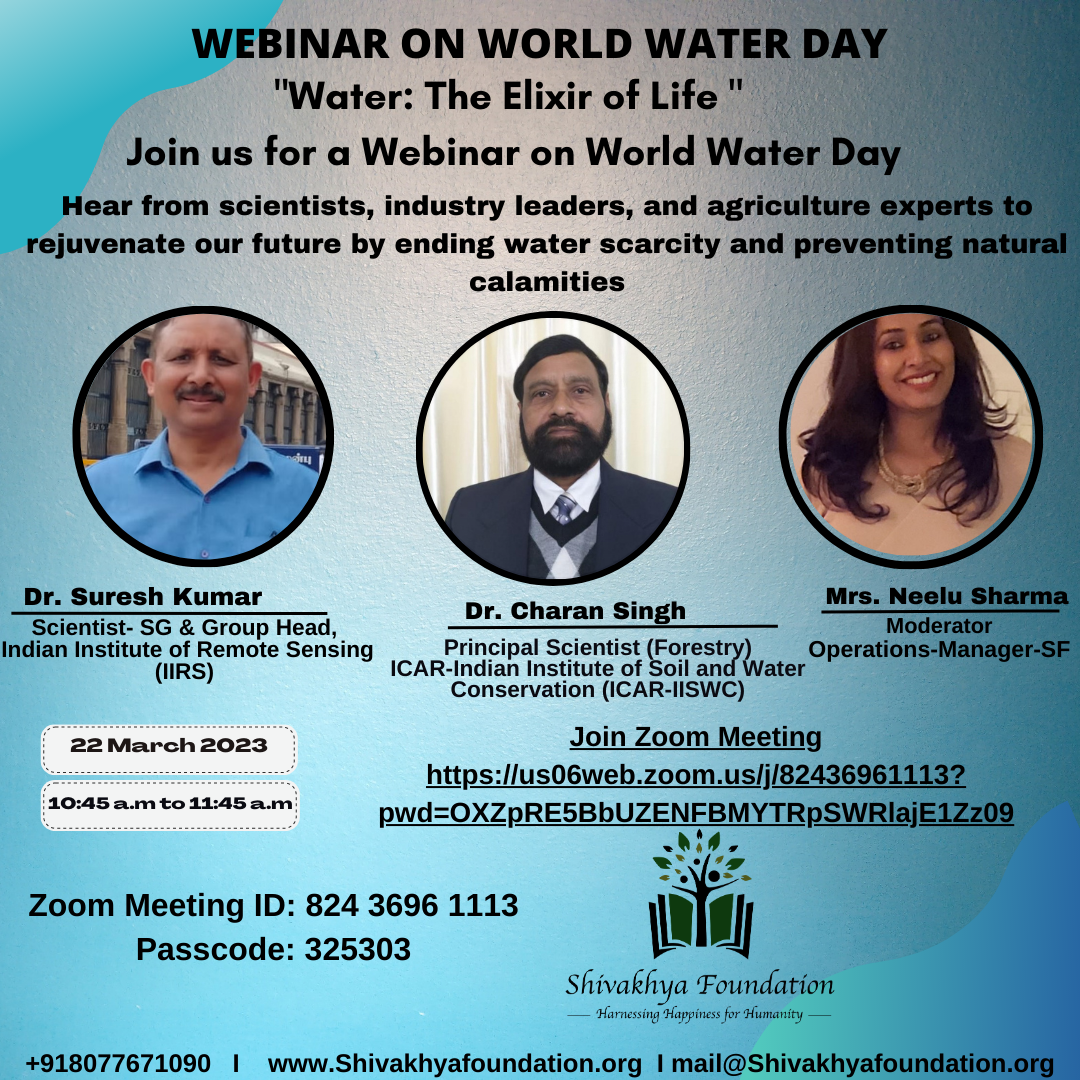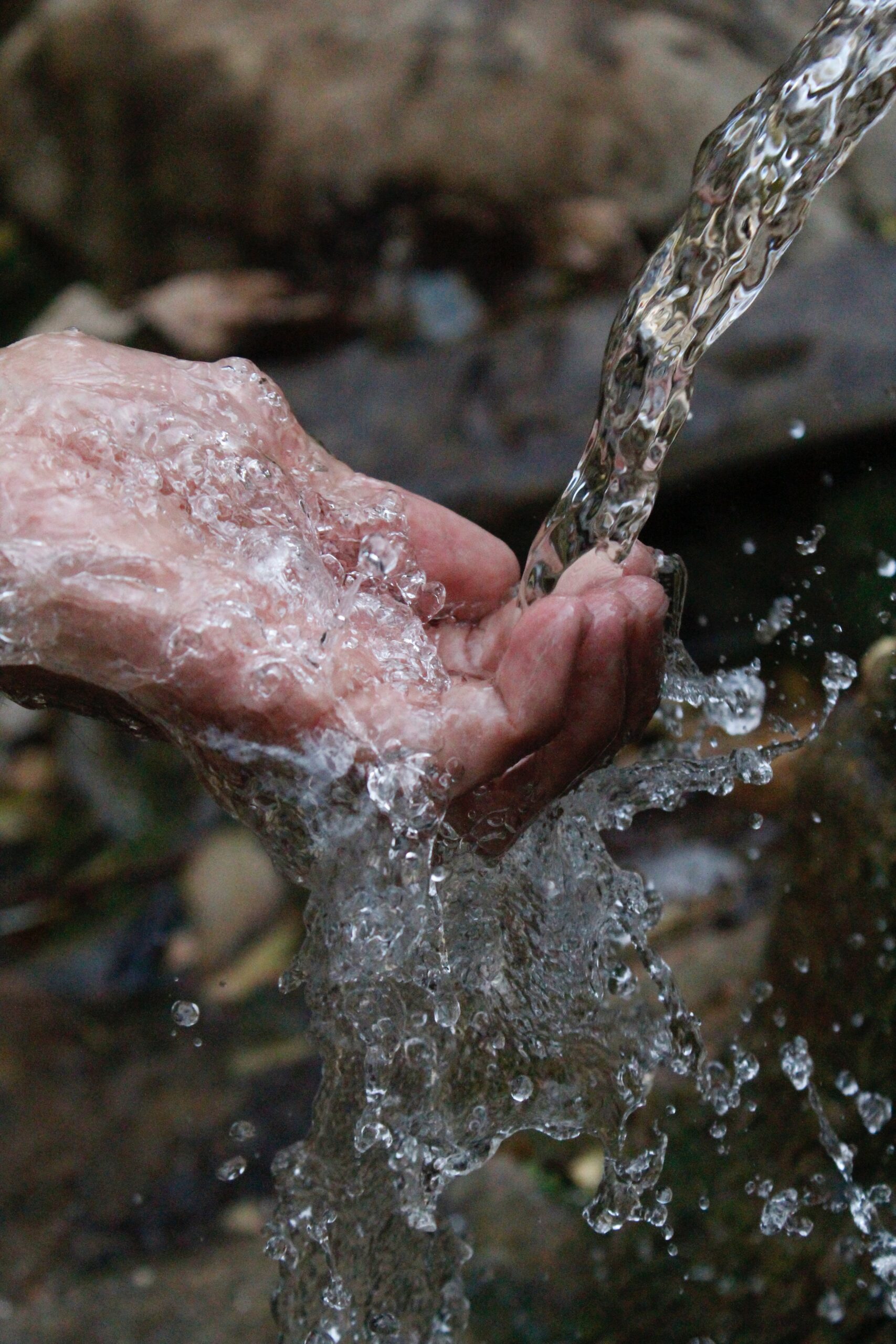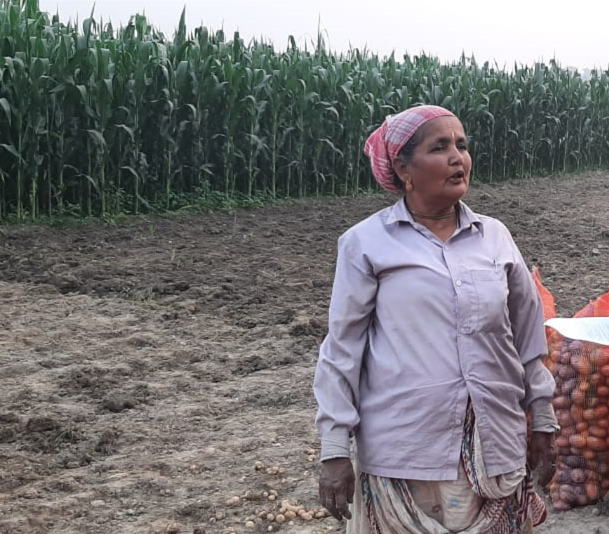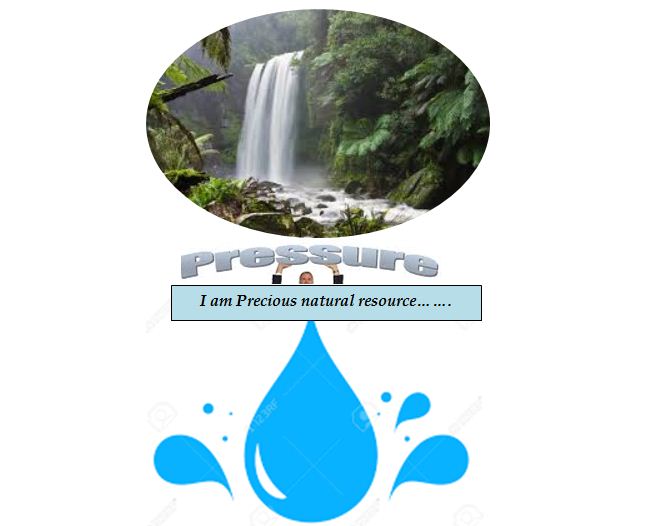Water bodies beneath the land – Watershed -Capturing the rain fall
Watershed-Capturing the rain fall
The rain fall water whatsoever comes to earth sheds in to the soil , in land or in water bodies beneath the land.

Watershed-Stream order
-Stream order decides the delineation of watershed

So, on based of stream order-the watershed can be said of 1st order watershed and so on for 2nd order and further watersheds
In water management the water scarcity reason is different in each watershed. Likewise the water availability reasons also vary according to stream order in each watershed .
“Watershed management is done in customized way for each water shed”
Watershed has four main purposes
It should increase understanding of:
1.The basic watershed processes and their interrelated nature,
2. The principles of long-term watershed management,
3. The elements of successful watershed management frameworks, and
4. The benefits of the watershed management approach.

Four phases of Watershed Management
1. Recognition of area for treatment
2. Restoration of the area for treatment
3. Protection of the area for treatment
4. Implementation in the area for treatment

Watershed Management Planning
Watershed management tends to provide desired goods and services without adversely affecting soil and water resources by organizing and guiding land and other resource in a watershed. watershed management recognize the interrelations among land use, soil and water and the linkages between uplands and downstream areas. The relevant characteristics of a watershed is studied in Watershed management that is aimed at the sustainable distribution of its resources along with a integrated process of creating and implementing the watershed plans, projects, and programs. All of this helps in sustainable enhancement of watershed functions. The plant, animal, and human communities within a watershed boundary is affected by the watersheds function. water supply, water quality, drainage, storm water runoff, water rights, and the overall planning and utilization of watersheds are features of a watershed. Along with it, integral part in the watershed management include Landowners, land use agencies, environmental specialists, etc Every part of the watershed affects another part of the watershed. Rain falls on every part of the watershed. Storm water flows from the higher portions of the watershed to the lower portions of the watershed and to the streams, rivers, lakes and ponds. The conditions of the ground that it flows across is the deciding factor in accessing speed and cleanliness of the water, when it reaches the lower levels of the watershed and the streams, rivers, lakes and ponds depends on the different objectives of watershed management programs are:
• Slowing down the floods peaks in downstream areas.
• Accelerating infiltration of rainwater.
• Production of timbers, fodder and wild life resource ,its improvement
• Enhancement of the ground water recharge
• Adopting strategies for flood management ,
• Reduction in occurrence of floods and the resultant damage by.
• Efficient and sustained production in watershed by protection, conservation and improvement of land
• Checking and rehabilitating the deteriorating lands.
• Encouraging vegetation and waste disposal facilities so as to provide standard quality of water
• Protection and enhancement of the water resource originating in the watershed.
• Checking soil erosion
• Minimizing the effect of sediment yield on the watershed.
while making a watershed plan is a document is prepared by initiation of local municipalities or conservation authorities for the management of water, land/water interactions, aquatic and terrestrial life and resources. The local information recognize the existing potential or deterioration of the environment as an effect of existing and future urban development. Its goal is The protection , enhancement , and rehabilitation of water resources is the main objective in relation to existing or changing land use. The hydrologic cycle that integrates physical, chemical, and biological processes of the ecosystem in the watershed is the fundamental process for water management .This plan includes the management goals, environmental constraints objectives, control targets. All these data and information is integrated with either land use or rehabilitation planning and decisions. Public involvement and consultation is the key components of watershed planning .The first step of watershed planning process is to develop water management goals and objectives. In a watershed management there is one goal i.e to protect and sustain whatever all the essential requirements of watershed health. and rehabilitate whatever is degraded and a number objectives are channelized to fulfill these goals . These objectives relates to ecological health, sustainable development, and socio-economic enhancement, water quantity and quality. These are complementary or competitive in nature .



